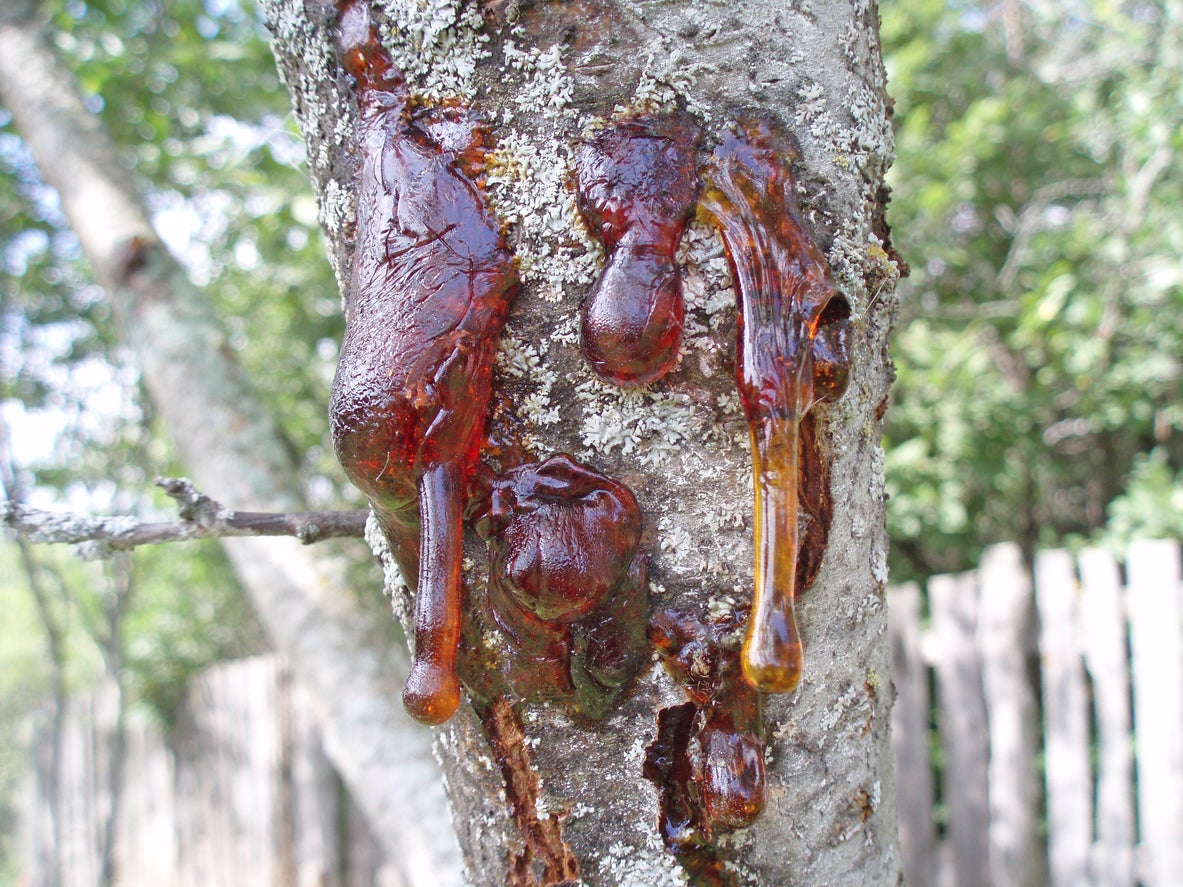What Is Plum Bacterial Canker: How To Prevent Plum Bacterial Canker


Bacterial canker is a disease that can damage most types of stone fruit trees, including plum. If you grow fruit trees, knowing how to prevent plum bacterial canker is important for maintaining good tree health and a reliable harvest. Fortunately, prevention and management can help ensure you don’t see this disease in your orchard or that it has little impact on your trees’ health.
What is Plum Bacterial Canker?
Bacterial canker of plum is actually a disease that can affect any tree from the Prunus genus. These include plums as well as peaches and cherries. Other names for the disease are blossom blast, spur blight, twig blight, and gummosis. The cause of the disease is a bacterial infection triggered by Pseudomonas syringae.
Bacterial Canker Plum Symptoms
Plums with bacterial canker show most obvious signs of disease in spring. Trees most likely to be affected are between two and eight years old and weakened in some way. Possible signs of bacterial canker include:
- Branch dieback
- Blast of young shoots and flowers
- Long and narrow cankers on trunk and the base of buds in spring
- Amber-colored gum that smells sour
- Areas of bacteria outside the cankers
- Leaf spots
Managing Bacterial Canker of Plum
The bacteria that cause this disease survive on plant surfaces and can be spread by rain splash. The disease is often not serious and causes the most damage to trees that are unhealthy or weakened. The best way to manage the disease is to prevent it by keeping trees healthy and vigorous with good irrigation, adequate and appropriate fertilization, and management of pests and other diseases.
You can also prevent bacterial canker by choosing trees with Lovell peach rootstock, which has some resistance. Also helpful is using trees that have been grafted well above the root crown, about 32 inches (81 cm.) at least. Fumigating the soil for nematodes is also a good preventative measure, as these pests weaken trees and predispose them to bacterial infection.
If you have a tree already infected with bacterial canker, prune away the affected branches. Do this only in winter or in hot, dry periods in summer to avoid spreading the disease. Burn the infected branches and disinfect pruning tools carefully.
Make sure your tree gets all the care it needs to be vigorous, and the damage from the disease can be minimized.
Gardening tips, videos, info and more delivered right to your inbox!
Sign up for the Gardening Know How newsletter today and receive a free copy of our e-book "How to Grow Delicious Tomatoes".

Mary Ellen Ellis has been gardening for over 20 years. With degrees in Chemistry and Biology, Mary Ellen's specialties are flowers, native plants, and herbs.
-
 How To Make A Bouquet Garni Or Herb Bundle For Cooking
How To Make A Bouquet Garni Or Herb Bundle For CookingIf you’re a great cook, you may have made an herb bundle before. If this is a new idea, learn how to add sparkle and interest to your dish with a bouquet garni.
By Amy Grant
-
 ‘Coral Charm’ Peony Care For Sublime Semi-Double Peonies With Lush Salmon Pink Flowers
‘Coral Charm’ Peony Care For Sublime Semi-Double Peonies With Lush Salmon Pink FlowersPeonies are known for their soft baby pink or magenta tones, but if plushy coral blooms are your thing, here’s our guide to the ultimate ‘Coral Charm’ peony care
By Tonya Barnett